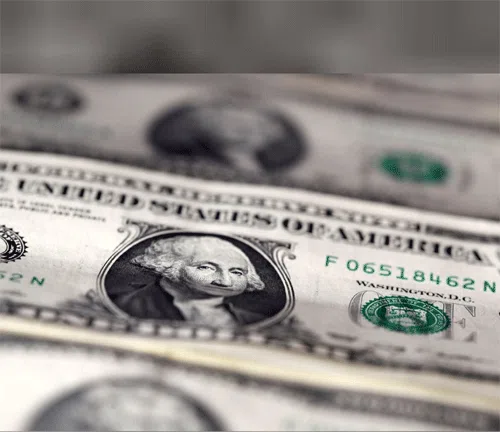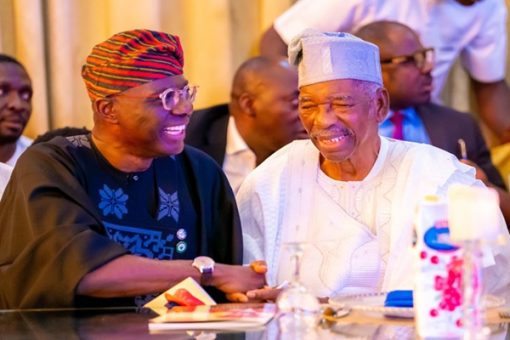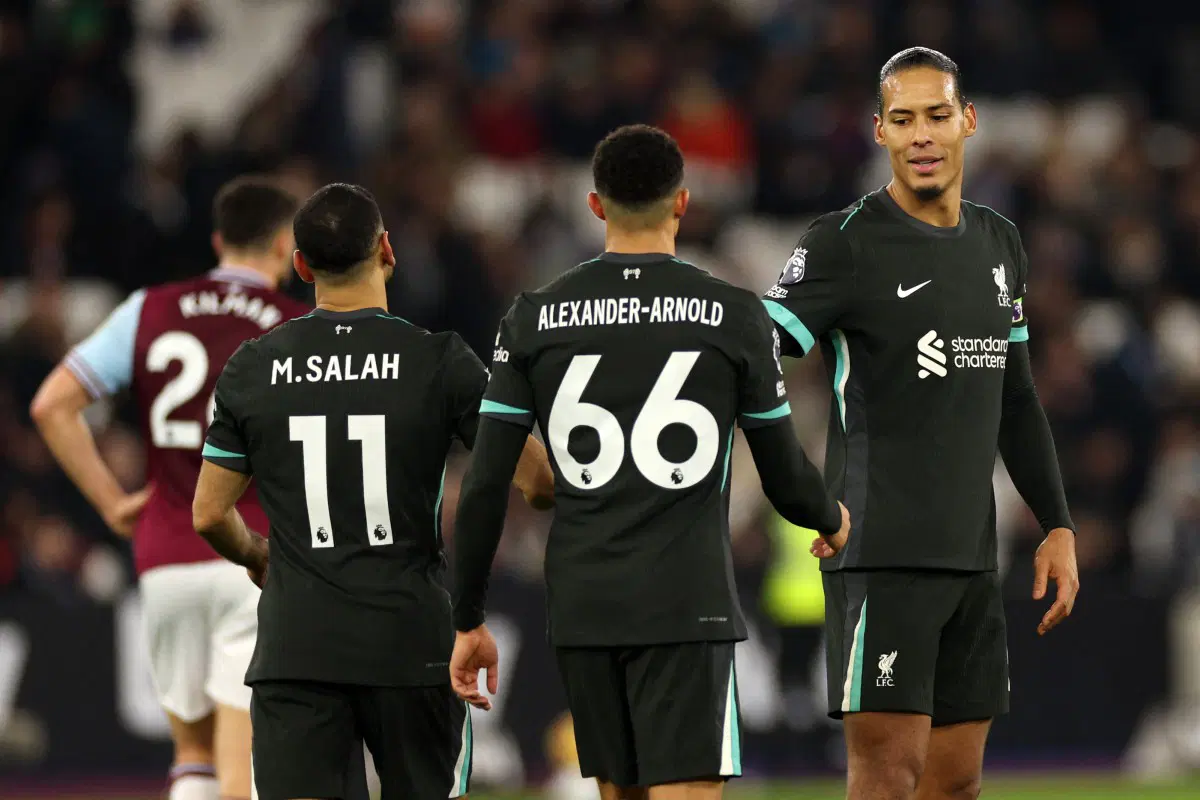The naira continued its upward trend on Saturday, November 1, 2025, closing at ₦1,421.73 per US dollar on the Nigerian Foreign Exchange Market (NFEM), the country’s official trading window.
In the parallel market, however, dollar rates remained slightly higher, with dealers in Lagos selling between ₦1,450 and ₦1,469, and buying around ₦1,445 to ₦1,450.
Naira Extends Its Gains
Data from the official trading platform showed that the local currency strengthened further against the dollar, building on its recent rally in late October. Analysts say the improvement reflects increased foreign exchange inflows and ongoing efforts by the Central Bank of Nigeria (CBN) to stabilize the market.
Although the gap between the official and parallel markets has narrowed in recent weeks, some disparity still exists due to differences in liquidity and accessibility across both segments.
Why the Naira Is Gaining Strength
Experts attribute the naira’s steady performance to several factors:
Improved dollar supply: Higher inflows from remittances, oil earnings, and foreign portfolio investments have boosted liquidity in the official market.
CBN interventions: Targeted reforms and direct dollar sales by the central bank have helped ease volatility and restore some confidence among traders.
Investor sentiment: Reduced global uncertainty and a slight drop in local inflation have encouraged investors to return to naira-denominated assets.
Impact on Businesses and Consumers
For importers, the stronger naira means reduced costs when accessing dollars through official channels. However, many still rely on the parallel market, where rates remain higher.
Read Also;
(Black Market) Dollar to Naira exchange rate today, October 31 2025
For consumers, the appreciation offers a bit of relief — especially for those receiving remittances through official means, as they now get more naira for every dollar sent home.
Still, shoppers and small businesses sourcing foreign currency from street traders will continue to pay slightly more due to the persistent rate gap.
Outlook
Analysts say the short-term performance of the naira will depend on how long the inflows last and whether the CBN continues its interventions. If the current trend continues, the currency could hold steady or make further modest gains in the official market.
However, until liquidity improves across all FX segments, the difference between official and parallel market rates is likely to persist.




